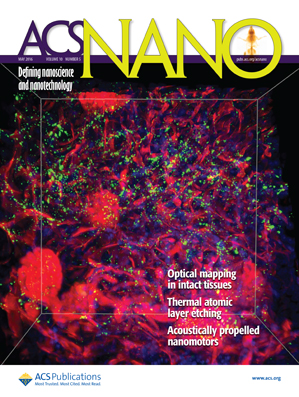Citation: C Cao, JB Andrews, A Kumar, AD Franklin,ACS nano (2015), 10.5 (2016): 5221-5229.
Summary: Single-walled carbon nanotubes (CNTs) printed into thin films have been shown to yield high mobility, thermal conductivity, mechanical flexibility, and chemical stability as semiconducting channels in field-effect, thin-film transistors (TFTs). Printed CNT-TFTs of many varieties have been studied; however, there has been limited effort toward improving overall CNT-TFT performance. In
particular, contact resistance plays a dominant role in determining the performance and degree of variability in the TFTs, especially in fully printed devices where the contacts and channel are both printed. In this work, we have systematically investigated the contact resistance and overall performance of fully printed CNT-TFTs employing three different printed contact materials. Ag nanoparticles, Au nanoparticles, and metallic CNTseach in the following distinct contact geometries: top, bottom, and double. The active channel for each device was printed from the dispersion of highpurity (>99%) semiconducting CNTs, and all printing was carried out using an aerosol jet printer. Hundreds of devices with different channel lengths (from 20 to 500 μm) were fabricated for extracting contact resistance and determining related contact effects. Printed bottom contacts are shown to be advantageous compared to the more common top contacts, regardless of contact material. Further, compared to single (top or bottom) contacts, double contacts offer a significant decrease (>35%) in contact resistance for all types of contact materials, with the metallic CNTs yielding the best overall performance. These findings underscore the impact of printed contact materials and structures when interfacing with CNT thin films, providing key guidance for the further development of printed nanomaterial electronics.
